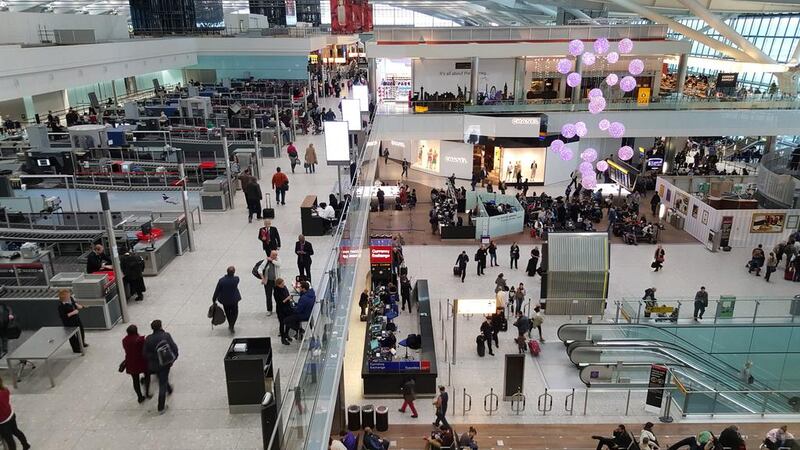Airports and airlines are made for each other.
They excel at coordinating to get their millions of shared customers safely from place to place. However, they do not work together well in other areas that could boost revenues, lower costs, improve efficiencies and enhance the customer experience.
Given the intense pressure on airports and airlines around the world – pressures that include geopolitical issues, security problems, increased competition and the need to lower costs – these two natural partners should make unlocking synergies a priority. There are four key areas where airports and airlines could work together to release value with relatively limited incremental cost: sales channels; loyalty programmes; joint digitisation programmes; and improved real estate development and hub operations.
For starters, airports and airlines should work to solve a basic problem that prevents them from selling more retail products to their millions of passengers: on the airplane there is time to shop but limited inventory, and in airports there is often little time to shop but plenty to hand.
To make shopping more convenient, airports and airlines could integrate their sales channels for retail goods.
There are three ways to do this: aircraft-to-gate (browse in flight and purchase products offered at the destination airport, which are delivered to the arrival gate by airport staff); aircraft-to-aircraft (similar to aircraft-to-gate channel, except airport staff deliver items to the transit gate of the connecting flight); and home-to-gate (browse and purchase products while still at home and collect them at departure gates). These joint sales channels could boost airport commercial sales by 10 to 20 per cent, while airlines could increase their commercial sales by more than 50 per cent.
In fact, some airports have already introduced new technologies and business models to improve sales. For example, Hong Kong International Airport has introduced the i-Gate facility, which allows travellers to order goods directly on tablets at the departure gates and have the goods delivered to them within 10 minutes.
London Heathrow Airport’s online travel store, Heathrow Boutique, offers a “Reserve & Collect” service where passengers can reserve products online, then pay and collect the goods at the shop.
Loyalty programmes also hold potential for successful partnerships. Most airlines offer loyalty programmes but a recent survey of international airports found that only a quarter of these offer loyalty programmes.
By joining forces, airports and airlines could expand the universe of rewards, offering everything from retail discounts on food and luxury items, to access to airport lounges, free parking, fast-lane passes and frequent-flyer mileage.
Another area where airlines and airports could coordinate is digitisation. By integrating their digitisation efforts, hub airlines and airports could offer customers a single application for an integrated travel experience with all manner of services, information and guidance (for instance, real-time information on flight details, gate changes, security-line details and so forth). For example, Emirates recently started the “Together” programme in collaboration with the Dubai customs, police, immigration and airports authorities to use technology to improve the experience of travellers and to make processes simpler – such as checking in or baggage drop-off and collection.
Other ways that digitisation could add revenue, or reduce costs, include: optimising operations through better information so passengers use help desks and call centres less; targeted marketing and cross-selling by linking passenger profiles with spending habits and loyalty programmes; and improved decision making by using passenger and travel information for route optimisation.
There are also opportunities to better coordinate real estate development and operational activities, such as locating airline facilities on airport property. Another possibility is an “aviation cluster” that encourages airports’ and airlines’ suppliers to locate on airport-owned land.
Already, the Al Maktoum International Airport in Dubai helped to create Dubai World Central, which has dedicated aviation, logistics, and staff accommodation clusters.
With a far more dynamic geopolitical and economic environment, and increasing global competition, airports and airlines need to make every effort to unlock synergies.
By taking their natural partnership to the next level, they can thrive in the global travel market of the future.
Alessandro Borgogna is a partner, Marwan Bejjani a principal, and Tarek Khalifa a manager with Strategy&
business@thenational.ae
Follow The National's Business section on Twitter





